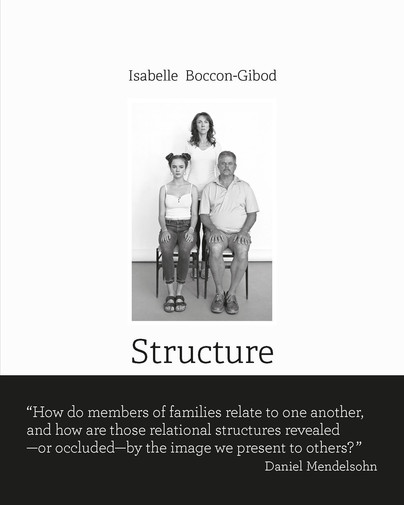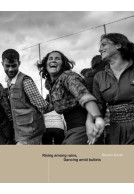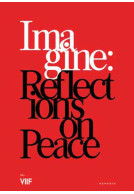Structure (Hardback)
(click here for international delivery rates)
Need a currency converter? Check XE.com for live rates
From 1839 when it was invented, photography has served to create portraits of individuals, and soon thereafter portraits of families, later placed in photo albums. Photography, collected and archived, entered the intimate sphere, enabling people to arrange the fragmented images of their lives as they saw fit. Following its forerunners (miniature portraits, silhouettes, physionotraces), the photographic portrait also served the new expectations of the emerging urban bourgeoisie and its need for social representation. Studios opened up in cities everywhere to meet the fast growing demand. In addition, the new medium distinguishted itself with its esthetic superiority. "Even as it emerged, although the technique was still very primitive, photography enjoyed an exceptional quality of artistic finish (Gisèle Freund)". What can photography show us to day of the visible and invisible aspects of family sociology? "How do the roles we expect them to play betray the emotional realities and complexities of lived life?" wonders Daniel Mendelsohn, in his introduction entitled "Unknown Faces/ Redeeming Structures".
By creating this corpus of fixed black and white images, each composed in a large 5'x7' frame, the photographer has produced a work of anthropological scope, reaching beyond representation by placing the subject at palpable distance, thereby objectifying it. What should we think of these seemingly impassive faces and their hypnotic gazes, what should we think of these postures, seated or standing? What goes on within these families and outside the frame? The use of a rigid protocol similar in all sessions makes every family portraits intriguing, and encourages our reflection. Inspired by the work of Bernd and Hilla Becher, whose esthetics of objectivity tended towards minimalism, Isabelle Boccon-Gibod, a self-made artist, with an interest for technique, has played with a frontality quite similar to that of the Bechers, resting on the idea that our bodies, when joined together, form a sort of architecture. The idea, also, that a face, deprived of its smile, offers a neutrality of expression worth considering: masks fall and reveal a nakedness (naked truth?) to be admired and deciphered beyond the appearances of social games. She was guided, yet not limited, by this principle: the image of a family seen as a façade-like structure, in which faces are the windows.














